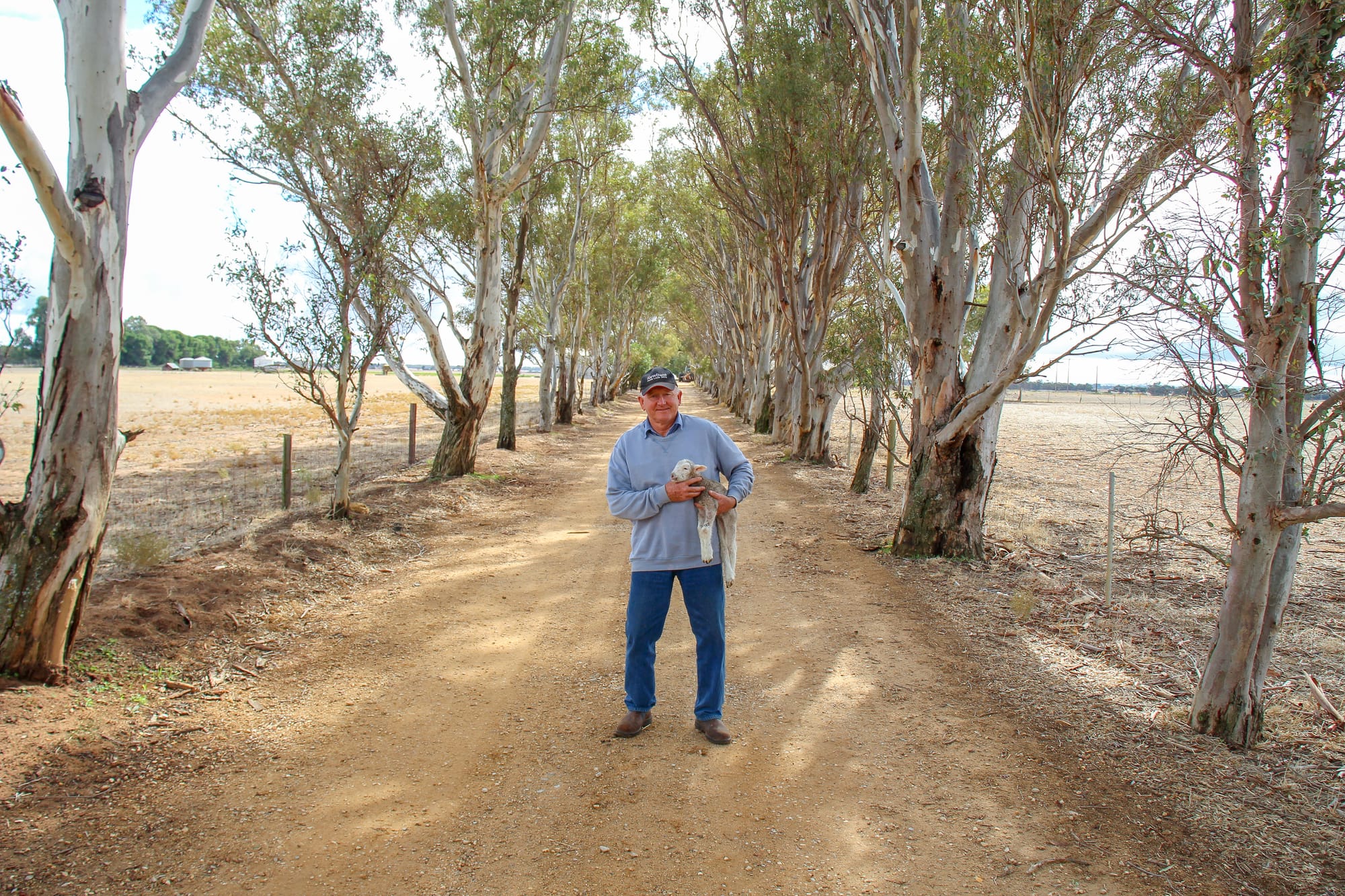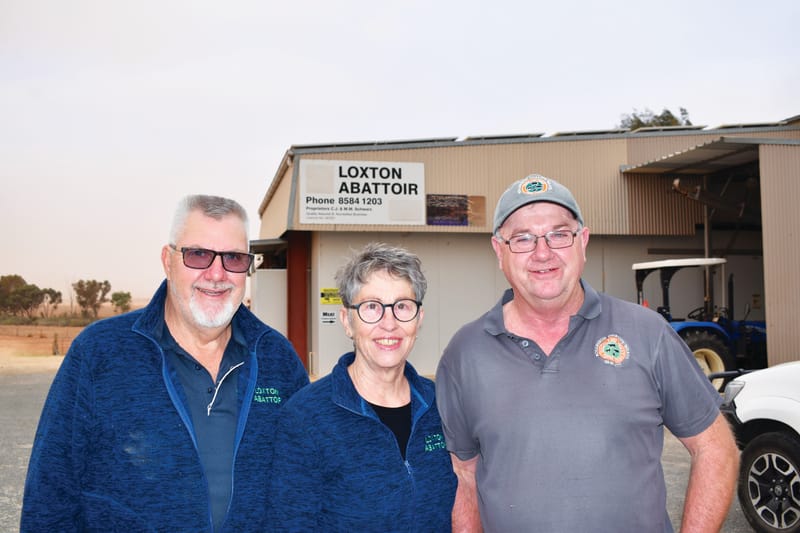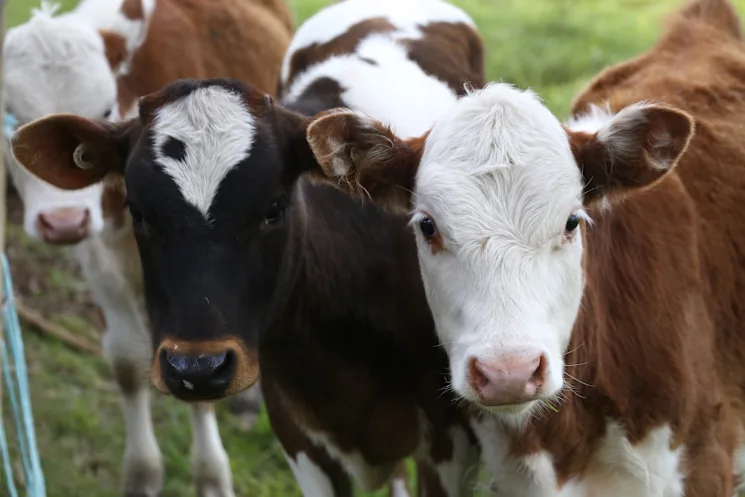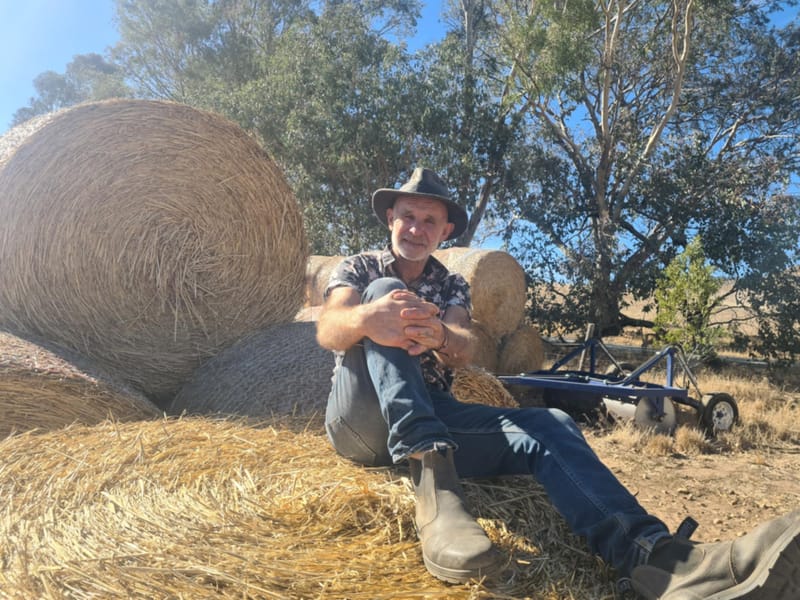104 years of Newbold: Family first for sheep farming dynasty
NEWBOLD Studs has been in Gawler River for 104 years, and while it is known for its high-quality poll dorset and white suffolk rams and ewes, the backbone of the business is family. Since being founded in October 1917, Newbold Studs has been at the...






